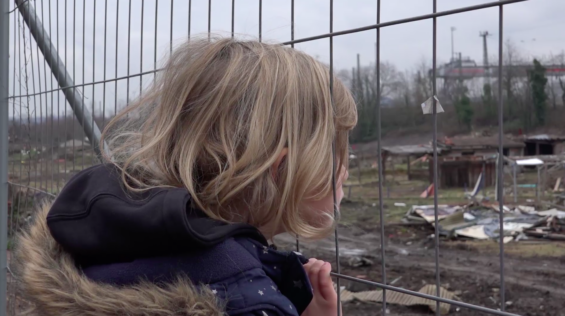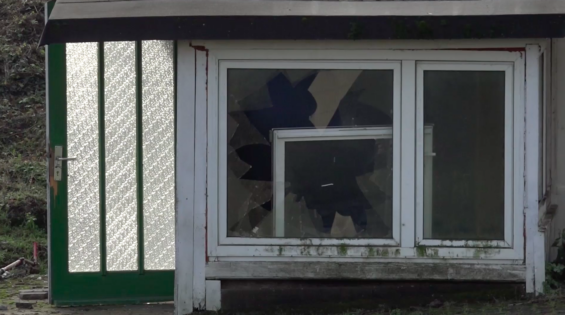Kurzfilm von / shortfilm by: Philipp Hartmann
(2022, HD, 12 Min.)

Kinder berichten von Rüdiger, zeigen Orte, an denen er lebte. Doch wer war Rüdiger? Und wer berichtet hier eigentlich? Wer sind die Kinder? Und was macht der Film mit ihnen?
Children report on Rüdiger. Showing places where he used to live. But who was Rüdiger? And who is actually reporting? Who are the children? And what is the film doing with them?
SCREENINGS:
BUENOS AIRES – Goethe Institut / Cas del Bicentenario Lateinamerikanisches Filmfestival 2024
Regensburger Kurzfilmwoche 2023
Festival Internacional de Cine independiente de Cosquin FICIC (Argentina) 2023
Int. Shortfilmfestival Hamburg 2022
Nordische Filmtage Lübeck 2022
Der Wald – Screening with PHØNIX16 @Wolfkino Berlin 2022



TEXTS about the film “Rüdiger”:
Un bosque, un sótano, una zona de jardines detrás de un paredón por el que pasa un tren, un tema musical, un fragmento de un poema de Hölderlin, muchos escombros, tres niñas y un nombre: Rüdiger. Esos signos bastan para crear una especie de test lúdico y lúcido sobre la abyecta mácula del siglo XX, siempre asociada al pasado alemán. La indeterminación consciente de todo lo que se ve determina tanto el comportamiento de la niña más pequeña, que mirando a cámara en varias ocasiones sugiere incluso ideas para el montaje, como también la combinación de planos fijos y movimientos de zoom abruptos y otros motivos visuales en oposición que pueden transmitir serenidad o conmoción. La clave radica en que la película pone en funcionamiento juicios y prejuicios, y al hacerlo evidencia un sistema de codificación escrito en la memoria histórica donde la interpretación no admite en principio vacilaciones. Lo ominoso persiste como un recuerdo vago, invocado por dos o tres palabras, la descripción de un acto y una fecha de nacimiento. Roger Koza
A forest, a basement, a garden area behind a wall through which a train passes, a musical theme, a fragment of a poem by Hölderlin, a lot of rubble, three girls and a name: Rüdiger. These signs are enough to create a kind of playful and lucid test on the abject stain of the 20th century, always associated with the German past. The conscious indeterminacy of everything that is seen determines both the behavior of the youngest girl, who looking at the camera on several occasions even suggests ideas for editing, as well as the combination of fixed shots and abrupt zoom movements and other visual motifs in opposition that can convey serenity or shock. The key lies in the fact that the film puts judgments and prejudices into operation, and in doing so, it evidences a codification system written in historical memory where the interpretation does not admit of hesitation in principle. The ominous persists as a vague memory, invoked by two or three words, the description of an act and a date of birth.roger koza
